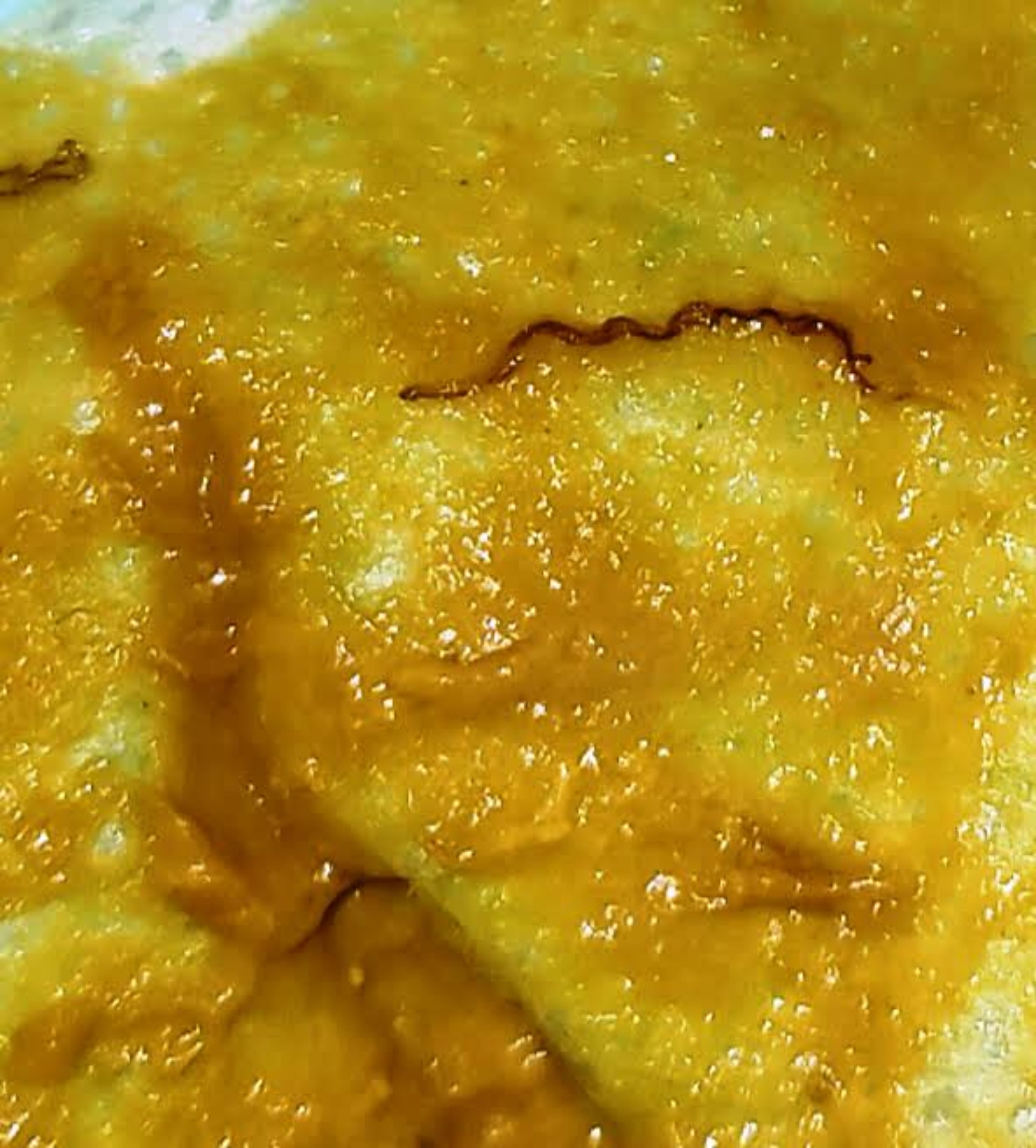INTRODUCTION
Worm infestation issue is a common health condition observed mostly in Asian countries. Almost 7% of the Indian population is found to be manifested by the hookworms [1]. The occurrence of live worm is higher in children under the age of 4 years as compared to an infant. Moreover, the prevalence of worms in children is higher due to the habit of playing in mud or outdoors which is not found in the case of the infant [2]. The infant needs more parental care so rarely found to have contact with external surrounding contact. Very rarely worm infestation is observed in infants. Sometimes investigation is needed to be carried out in case of live worms observed in stool or due to change in the bowel movements [3]. Sometimes the change in the diet of the infant, irregular bowel movements and worm-like things make an alarming situation. The investigation of the stool for worms becomes mandatory if the re-occurrence of the same passing of stool from the infant persists for consecutive days. Thus, the history of infant diet and symptoms along with the routine stool analysis is needed to be monitored thoroughly before the conclusion. Many times physicians observed to give many new probiotics formulations to infants to resolve the gastrointestinal discomfort [4, 5, 6, 7, 8, 9, 10].
CASE REPORT
A 6-month-old infant with no pathological medical history was observed with frequent diarrhea like condition and suspected parasite (black long thread-like thing) in the stool (Figures 1 and 2). Before the health issue, history says that the baby was introduced with a solid diet which included the fruit like a banana. Screening for worms in the stool was negative. The infant was otherwise asymptomatic for other medical conditions, and the results of physical examination were normal. This case was unique as no parasites were found. Further, the thread-like substances from infant stool were examined under a microscope and compared with a sample taken from a banana. Based on the diet history, Schultze reagent (oxidizing mixture consisting of a saturated aqueous solution of potassium chlorate KClO3 and varying amounts of concentrated nitric acid HNO3) was used to analyses the presence of banana fibers and was found positive. No recurrence of black threads (Figure 2) has been noted after the change of diet from banana to another solid diet along with breast milk.
DISCUSSION
The appearance of the banana fibers in the stool mimicking parasite appears surprisingly without knowing the infant diet history. Banana contains cellulose as a major fiber type [11]. This case study deletes the misconception of having intestinal parasites at first sight by the appearance of thread-like parasites in the stool. Ultimately in the infant, the mature worm is found attached to the gut wall and thus during their life cycle are rarely observed in the stool; diagnosis depends on finding and microscopic identifying of worm eggs in the stool. This makes a proper diagnosis of worms [1]. Similarly, the roundworm, A lumbricoides, is asymptomatically observed in the stool late as the worm. On the contrary, the tapeworm is also a sizable intestinal parasite that is usually observed asymptomatic, results in gastrointestinal symptoms. Mostly, roundworms and tapeworms are observed as mung bean sprouts which is confirmed by further diagnosis during stool investigational studies [12].
During investigating stool contents, the negative result for parasitic infections and the appearance of the thread-like structural suspect are evaluated by a careful history of the infant’s diet. The history of consumption of banana diet fiber was first time evaluated by chemical analysis using Schultze reagent. Various cases were reported for black fibers by consumption of food by infant and were found negative for parasite infestation without proper conclusions. We proved by chemical analysis that banana fibers remain undigested fibers resembling a worm-like structure. Thus, infant history helps to solve many health issues during the diagnosis of gastrointestinal disorders.















